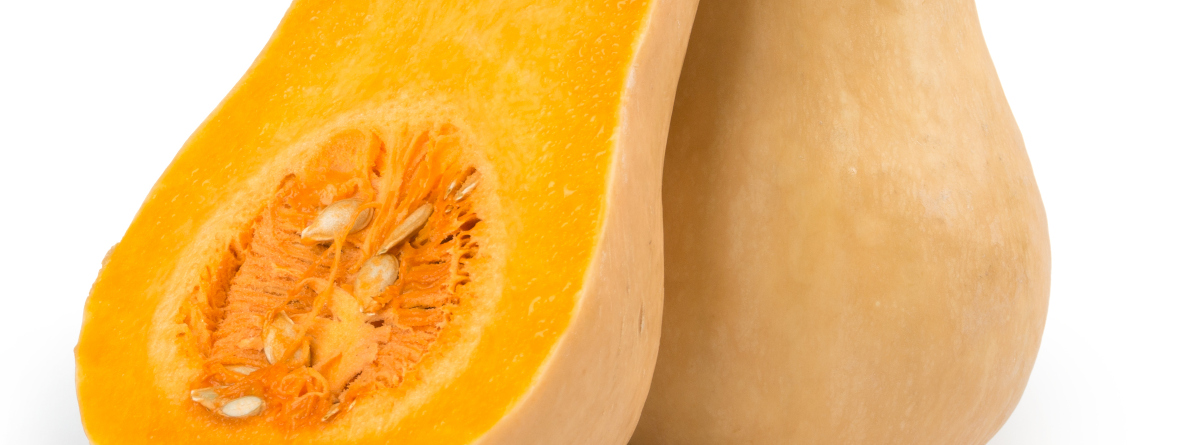
How to select
Choose squash that is firm and heavy for its size and has dull rinds. The rind should be hard. Soft rinds may indicate that the squash is watery and lacking in flavor. Avoid those with any blemishes or signs of decay.
How to prepare
- Rinse the squash under running water and pat dry.
- Cut the squash in half lengthwise.
- Scoop the seeds out with a spoon.
How to store
Winter squash all share the common characteristic of a tough outer shell that makes it difficult to cut through. This allows the squash to be stored for an extended period of time. Keep squash in a cool, dark place away from direct exposure to any light.
Peak season
Fall and winter
Ways to use
- Steam, sauté, roast, grill or bake all types of squash.
- Bake in the oven and sprinkle with seasonings. Enjoy warm.
- Cut into pieces and bake until tender.
- Spaghetti squash: bake in the oven, scrape out the stringy insides, and top with pasta sauce— it looks like regular spaghetti noodles!
- Warm up with butternut squash soup on a cold day.
Fun facts
- There are winter and summer squash varieties, both of which are from the gourd family.
- Winter squash comes in a variety of colors and shapes.
- Some common types of winter squash include acorn, butternut, calabaza, delicata, hubbard, kabocha, pumpkin, and spaghetti squash.
- The earliest natives cultivated squash and honored them as one of the “three sisters”, along with beans and corn.
Nutrition info and facts
Squash contains nutrients that promote eye health. Squash contains vitamin C and fiber and is low in sodium and calories.
1 cup cubed squash = 56 calories, 15 g carbs, 2 g fiber, 46 mg calcium, 45 mg magnesium, 50 mg phosphorus, 486 mg potassium, 15 mg vitamin C, 308 µg beta carotene.
Learn more
Growing pumpkins and winter squash in home gardens (UMN Extension)
Sources
FoodData Central. Squash, winter, acorn, raw. April 2018.